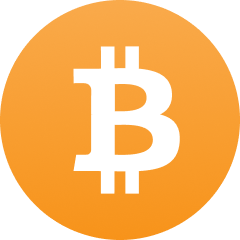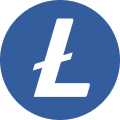USDC (USD Coin) is a stablecoin that mirrors the value of the US dollar, designed to combine the stability of the dollar with the technological advantages of digital currency. Launched in September 2018 by the consortium Centre, which was founded by Circle and includes contributions from Coinbase and other financial technology companies, USDC is fully backed by US dollars held in accounts subject to regular public reporting of reserves.
The live price of USDC is € 0.87 per
(USDC /
EUR) with a
current market cap of €
64,249,437,979.51 EUR. 24-
hour trading volume is € 10,635,154,133.01 EUR. USDC to EUR price is updated in
real-time. USDC is 0.00% in the
last 24 hours with a circulating supply of 74,036,006,996.21.
USDC Price History EUR
| Date Comparison | ||
|---|---|---|
| Today |
€ 0.87
|
0.00%
|
| 30 Days |
€ 0.86
|
+0.91%
|
| 60 Days |
€ 0.85
|
+2.53%
|
| 90 Days |
€ 0.85
|
+1.89%
|
About USDC (USDC)
People Also Ask: Other Questions About USDC
USD Coin (USDC) is a stablecoin that is pegged to the US dollar, meaning that its value is designed to maintain a 1:1 ratio with the USD. Launched in September 2018 by the Centre consortium, which includes Circle and Coinbase, USDC provides a digital currency that combines the stability of fiat currencies with the benefits of blockchain technology. It operates primarily on the Ethereum blockchain as an ERC-20 token but is also available on other blockchains.






















